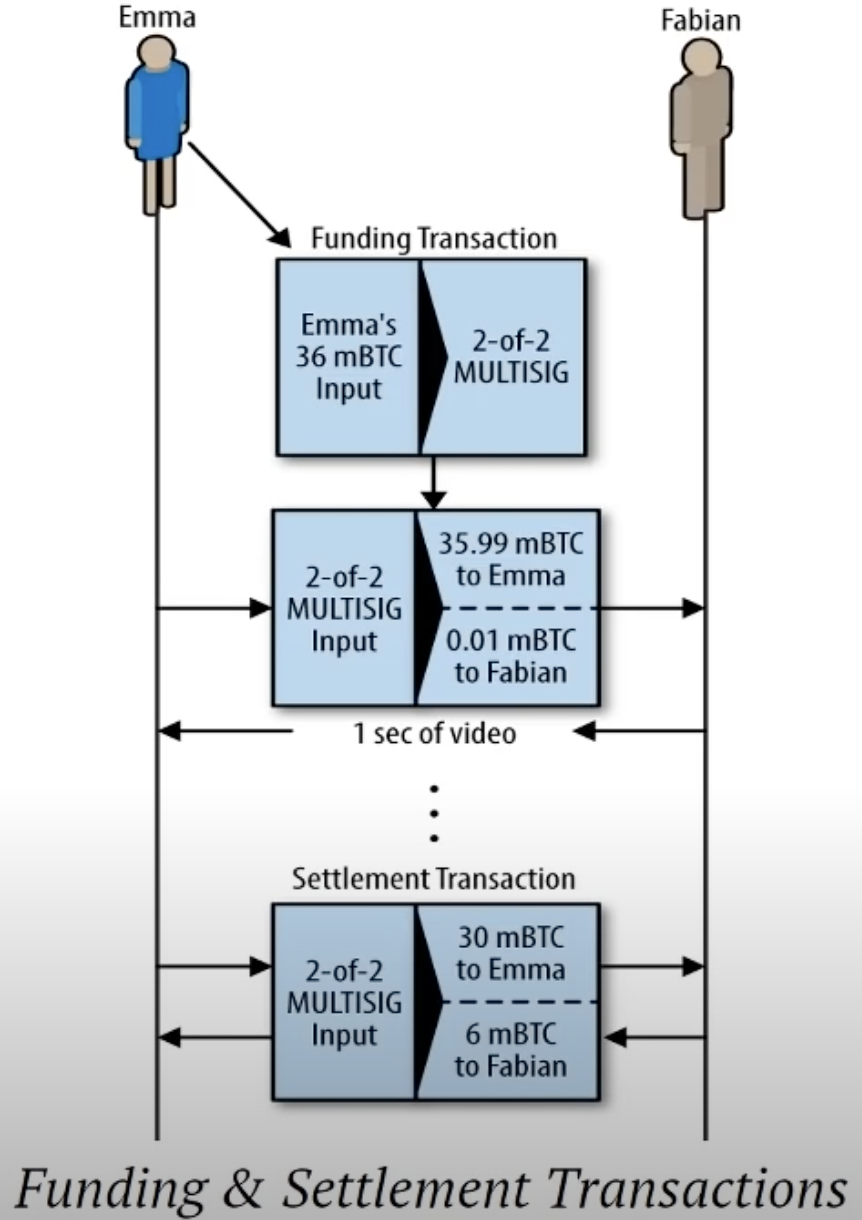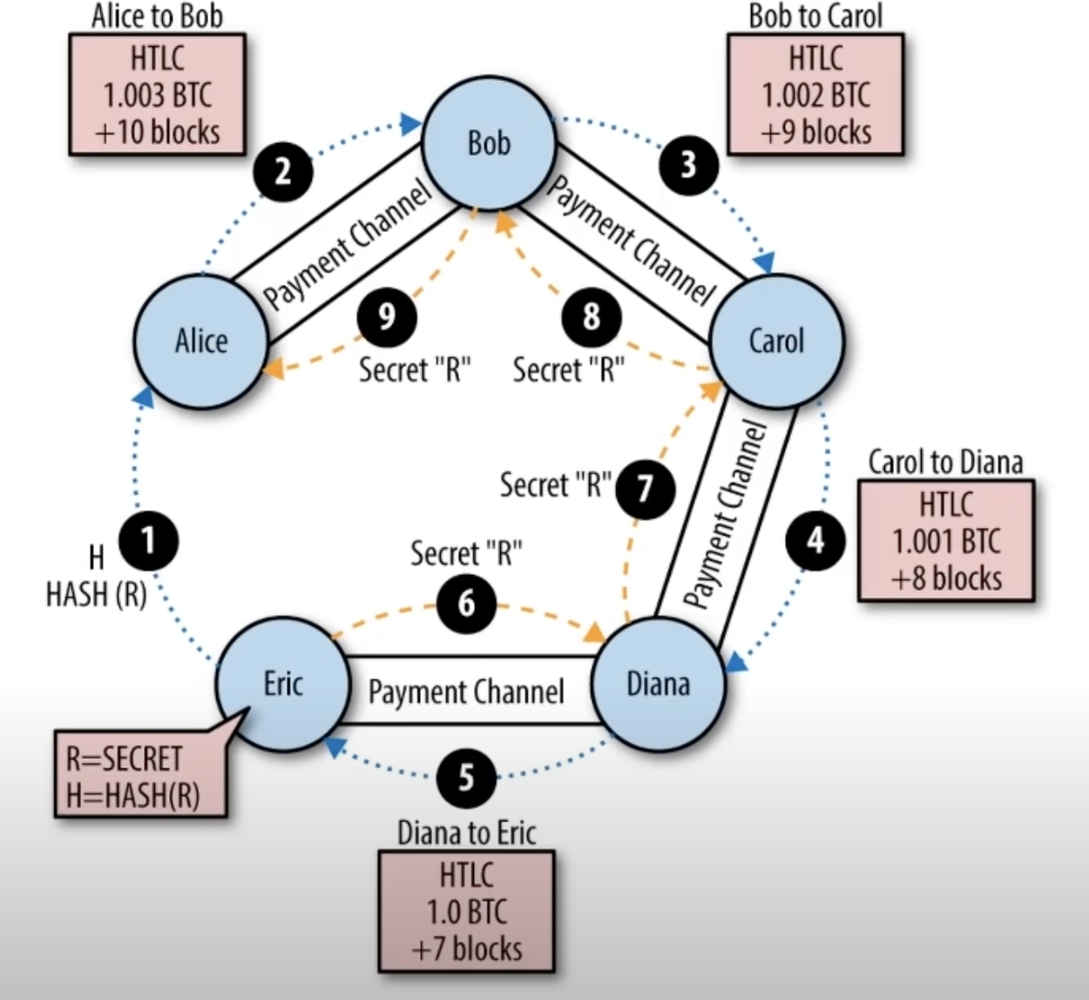

Welcome to the exciting world of Bitcoin transactions and the Lightning Network! In this blog, I'll take you on a journey through the fascinating process of sending money with Bitcoin and explore the innovative Lightning Network that enables lightning-fast and cost-effective transactions. Let's dive in!
Sending money with Bitcoin may sound complex, but fear not! It's like putting together a puzzle. To send money, you'll need an array or list of inputs recorded on the blockchain. These inputs are Bitcoin scripts that define the spending conditions, with the most common being the digital signature corresponding to the address. Once you have the inputs, you construct a transaction, and voilà! You've created a payment where the money is going, which will become an input for future transactions. Simple, right?
The Bitcoin script may sound intimidating, but it's just a scripting language written in Fourth (Stack Based) Programming Language. This script is incorporated into outputs and defines the spending conditions that must be fulfilled. The most common condition is the Digital Signature, proving you can spend it, known as Paid to Public Key Hash. There are other types too, like Multi-sig scripts used in the Lightning Network and more complex conditional scripts in payment channels.
Multi-signature scripts add an extra layer of security by requiring more than one signature to execute a transaction. It's like having a team of signers, and with K of N signature schemes, you can predefine N valid signatories. For example, a 2 of 3 signature scheme means there are three signers, and any two of them can execute signatures and spend from the address. A great way to enhance security and control!
Time locks give you control over when Bitcoin scripts can be spent. By setting a future time, the script becomes valid only after that time is reached. It's like setting a timer for your transaction! The CHECKLOCKTIMEVERIFY (CLTV) operand is used for this purpose, ensuring that the script will only execute past the specified time. A clever way to add an element of time-based security.
Enter the Lightning Network - the ingenious solution to increase Bitcoin's scale and capacity while making transactions lightning-fast and very affordable. It operates as an overlay Peer-to-Peer network alongside Bitcoin, leveraging its consensus rules and security. The Lightning Network uses Payment Channels that rely on Bitcoin's security primitives to ensure trustless and noncustodial transactions.

In the Lightning Network, Hash Time-Lock Contracts (HTLC) offer a different approach to multi-sig. Instead of using a digital signature, they use a hash, a pre-image, and a time lock. It's like a secret handshake! The recipient creates a secret (R), calculates its hash (H), and shares it. Anyone with the secret can spend the transaction, and if it's hashed and verified, they're good to go. Otherwise, they can get a refund after a certain time - no funds stuck!

Congratulations! You've now mastered the art of Bitcoin transactions and explored the wonders of the Lightning Network. Remember, it's all about taking inputs, creating transactions, and securing them with innovative scripts. With the Lightning Network, you can enjoy lightning-fast, cheap, and secure transactions. So go ahead, embrace the world of cryptocurrency with confidence, and enjoy the benefits of a trustless and noncustodial system. Happy transacting!